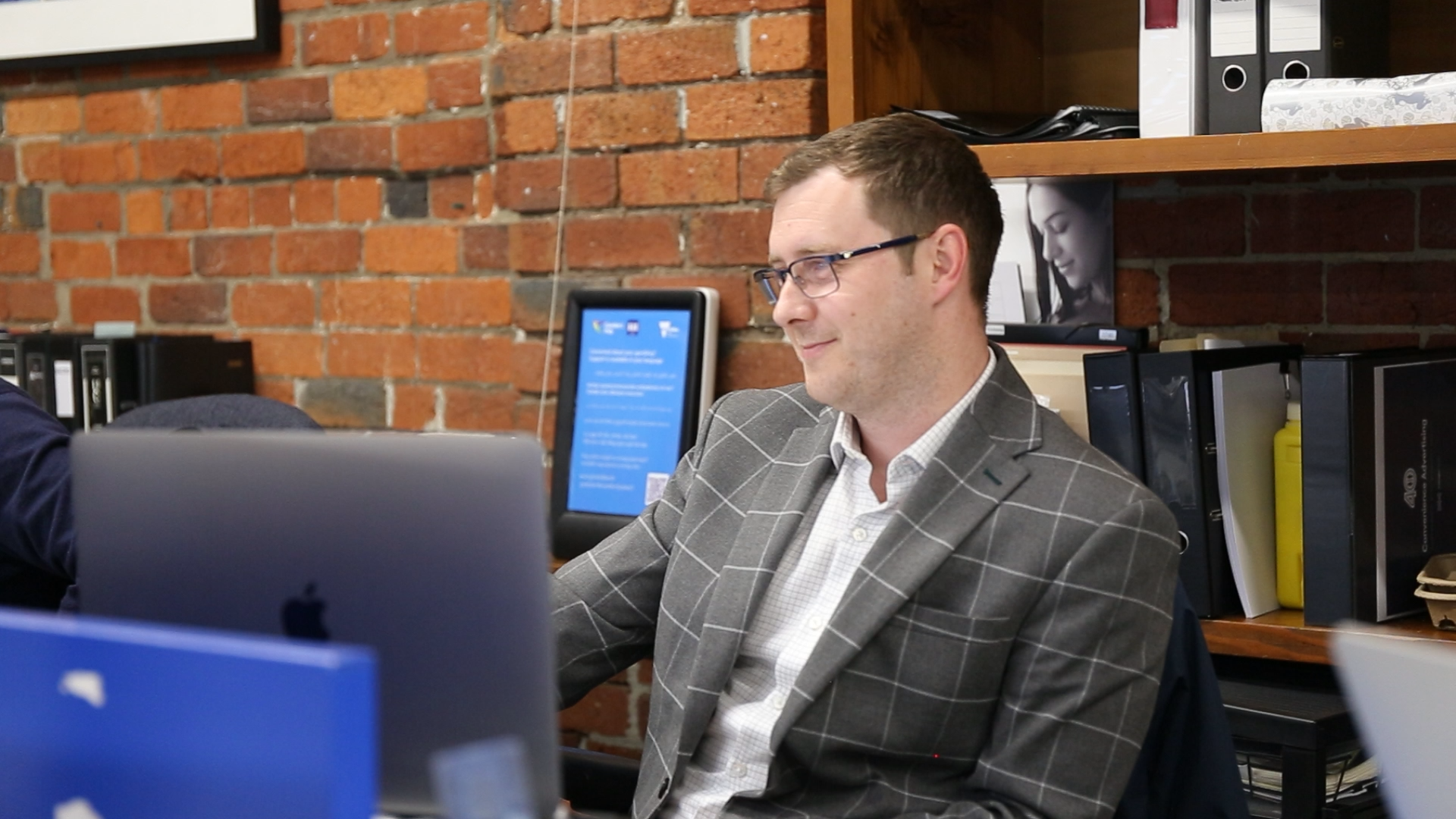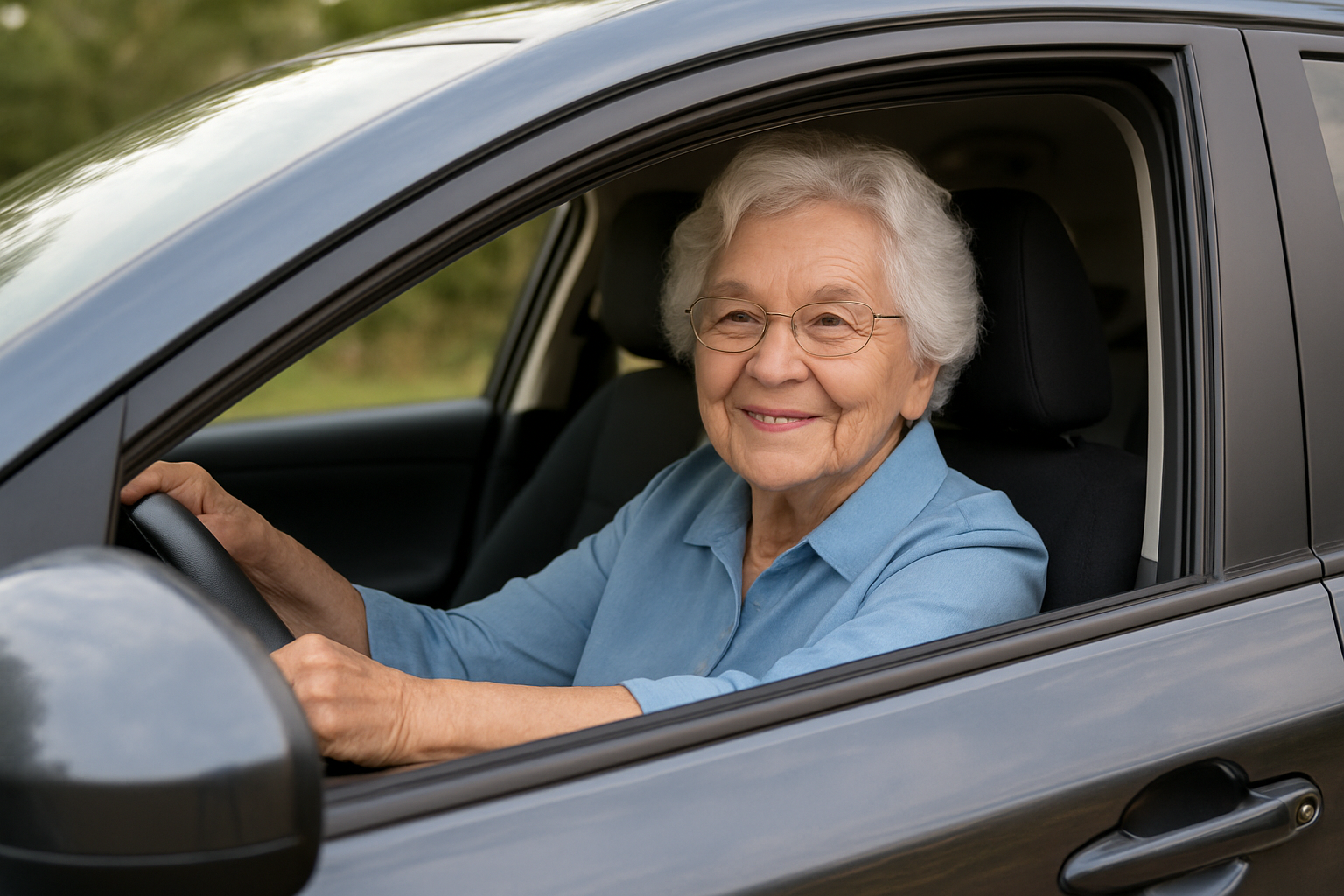

Australian summer safety: Reaching audiences at the Point of Risk
1.1 Sun safety: Why the Aussie sun is not to be underestimated
Australia experiences some of the highest Ultra-violet radiation (UVR) levels in the world. In fact, 2 out of 3 Australians will be diagnosed with skin cancer by the time they are 70. In Australia in 2018, the estimated age-standardised incidence rate of melanoma was over 10 times the estimated average global rate.
Exposure to UV via sun exposure is estimated to cause around 95% of melanoma cases in Australia, and excessive childhood sun exposure may bring a particularly high risk for developing melanoma.

Source: National Cancer Control Indicators
While many of us know about sun protection, the statistics suggest we’re not always following the best advice.
A 2016-2017 Australian study found that 17% of adults and 26% of teenagers get sunburnt on summer weekends. This highlights the ongoing need for consistent sun safety messaging, especially since according to the Cancer Council, 80% of Australians don’t apply sunscreen correctly.
Simple changes - like wearing sunscreen, hats, and long sleeves - can dramatically reduce the risk of skin damage. Yet, as the statistics show, reinforcing these behaviours remains a challenge.
1.2 Skin cancer: The most common cancer in Australia
Australia faces a serious skin cancer crisis. With skin cancer accounting for 80% of all newly diagnosed cancers each year, the numbers are staggering. In 2020, more than 16,000 Australians were diagnosed with melanoma, with a rate of 36 new cases per 100,000 population, which is 12 times higher than the world average.
Melanoma of the skin incidence rates have increased from 53 cases per 100,000 people in 2000 to an estimated 70 cases per 100,000 people in 2024.
Melanoma in Australia impacts men and women at different rates, with females estimated to be 56 cases per 100,000, while male rates are 86 cases per 100,000, highlighting the need for additional sun safety targeting to get through to males.

Source: Cancer Australia
1.3 The impact of behaviour change campaigns:
Slip! Slop! Slap!
The 'Slip Slop Slap' campaign has significantly raised skin cancer awareness, especially for those under 40 who have grown up in an era of greater prevention messaging. While awareness continues to grow today, older populations, particularly those over 40, have seen rising melanoma incidence rates, with the steepest increases among those who had less exposure to prevention advice earlier in life. After peaking in 2013 at 8 deaths per 100,000, the age-adjusted mortality rate for melanoma is projected to drop to 5 deaths per 100,000 in 2024, alongside a reduction in total deaths from 1,625 to 1,340. Since 1996, 5-year survival rates for melanoma have remained over 90%, with the 2016–2020 period recording a high of 94%.
Source: Cancer Council
2.1 Water safety: From beaches and rivers to backyard pools
Whether it's going for a swim during a beach cricket match, a river-side picnic, or a holiday celebration at a mate's house, in one way or another, most Australians participate in water activities during the summer.
Over the last decade, there have been 2,852 drowning deaths in Australia. Alarmingly, there were 323 deaths in the 2023/24 period, which is a 16% increase on the 10-year average (7% increase per 100,000 population).

Demographically:
- Males continue to account for the majority of drowning deaths, representing 82% of fatal drownings in 2023/24.
- The drowning rates show that people in the most socially disadvantaged areas drown at rates 71% higher than those from the most advantaged areas.
Campaigns targeting water safety, swimming education and the dangers of rips are key to preventing these tragedies.
2.2 Boat safety: Enjoying the water without the risk
Boating is a much-loved Aussie pastime, but comes with significant risks. Between 2005 and 2014, of the 473 people who drowned while boating, not only were 92% male, 92% were also not wearing a life jacket.
Source: Boating & Watercraft Drowning Deaths: A 10 year analysis
In 2024, boating is the third-highest reason for drowning across Australia (9%), behind falls, and swimming/recreating. Boating was the number one cause of death at oceans/harbours, accounting for 36% of drownings.
In NSW, everyone must wear a Level 50S or above lifejacket at all times on a personal watercraft. This includes the driver, passengers, observer and any person being towed. Despite regulations, only 56% of boaters in a 2017 NSW study were observed to be wearing lifejackets (n=7,885).
3. Drink driving: A persistent threat on Australian roads
Despite decades of public awareness campaigns, drink driving continues to be a major contributor to road fatalities. Drink driving is the number one contributing factor in approximately 30% of road deaths in Australia, and over 1 in 4 drivers and riders killed on Australian roads have a BAC exceeding the legal limit.

Males disproportionately accounted for 75.5% of deaths on Australian roads last year. Comparing 2022 to 2023, while females experienced a 1% decrease in road deaths, males experienced a 10% increase.
Ongoing campaigns promoting alternatives to drink driving, such as public transport or designated drivers, are vital in reducing this number.
Read the full road safety insights article.
Increasing Australia's summer safety, one campaign at a time
All of the above statistics highlight the significant dangers Australians face each summer, but they also underscore the importance of behaviour change campaigns in improving public health and safety. By targeting high-risk activities like boating, swimming and sun exposure, and reinforcing responsible decisions around drink driving, these campaigns play a critical role in saving lives.
Continuing to educate and engage the public, especially at key moments when decisions about safety (the point of risk) are made, will help ensure that everyone can enjoy the Australian summer with fewer risks.
Reaching millions of Victorians for the Victorian Government's fire safety campaign
Victoria is one of the most culturally diverse societies in the world and is among the fastest growing states in Australia. The goal for the 2022 campaign was for the messages to reach all Victorians, including the culturally and linguistically diverse (CALD).
Convenience Advertising developed a targeted campaign, designed to engage with 13 CALD communities, across regional and metropolitan Victoria, in 14 languages.

Hyper-targeting boat users at the point of risk for Transport for NSW
In NSW, 7 out of 10 people who drown while boating are not wearing a lifejacket. Transport for NSW required a hyper-targeted message placement to promote maritime safety at the point of risk, as a harm-minimisation and prevention strategy.
Convenience Advertising partnered with venues in areas that have historically had higher incidents, including NSW boat and yacht clubs, as well as partnering with local councils to place messages in public bathrooms at boat ramps.

TAC's 'If you drink, don't drive' campaign
In November 2023, going into the Christmas-New Year holiday period, we joined forces with 200 pubs, bars and nightclubs across Victoria to support the TAC’s latest campaign. The in-venue portion of the campaign includes our bathroom media alongside the placement of bar coasters that seek to engage patrons socially as they enjoy a drink.
Convenience Advertising has been partnering with the TAC since 2017 to keep Victorian's safer on the roads.

Find out more about using bathroom messaging for behaviour change campaigns
To discover how Convenience Advertising can reduce ad spend wastage by targeting the people that are most at risk, when they are most at risk, get in touch.
More insights:
 How CA have reshaped the power of attention, accountability, and data in public health messaging. With projects like DonateLife and metrics like aCPM, Peter highlights why Bathroom Advertising is stronger than ever.Read more
How CA have reshaped the power of attention, accountability, and data in public health messaging. With projects like DonateLife and metrics like aCPM, Peter highlights why Bathroom Advertising is stronger than ever.Read more
How data, seasonality and context influence more effective suicide prevention communication
Suicide risk peaks in warmer months and is higher in men, young women, and remote areas. Targeted messaging with QR codes provides discreet access to support when it’s most needed.Read more
Where Age, Attention, and Behaviour Meet on Our Roads
As Australia ages, road safety risks evolve. Paired with ongoing behaviours like distraction and impaired driving, targeted messaging in high-attention environments becomes essential for driving safer choices.Read more


